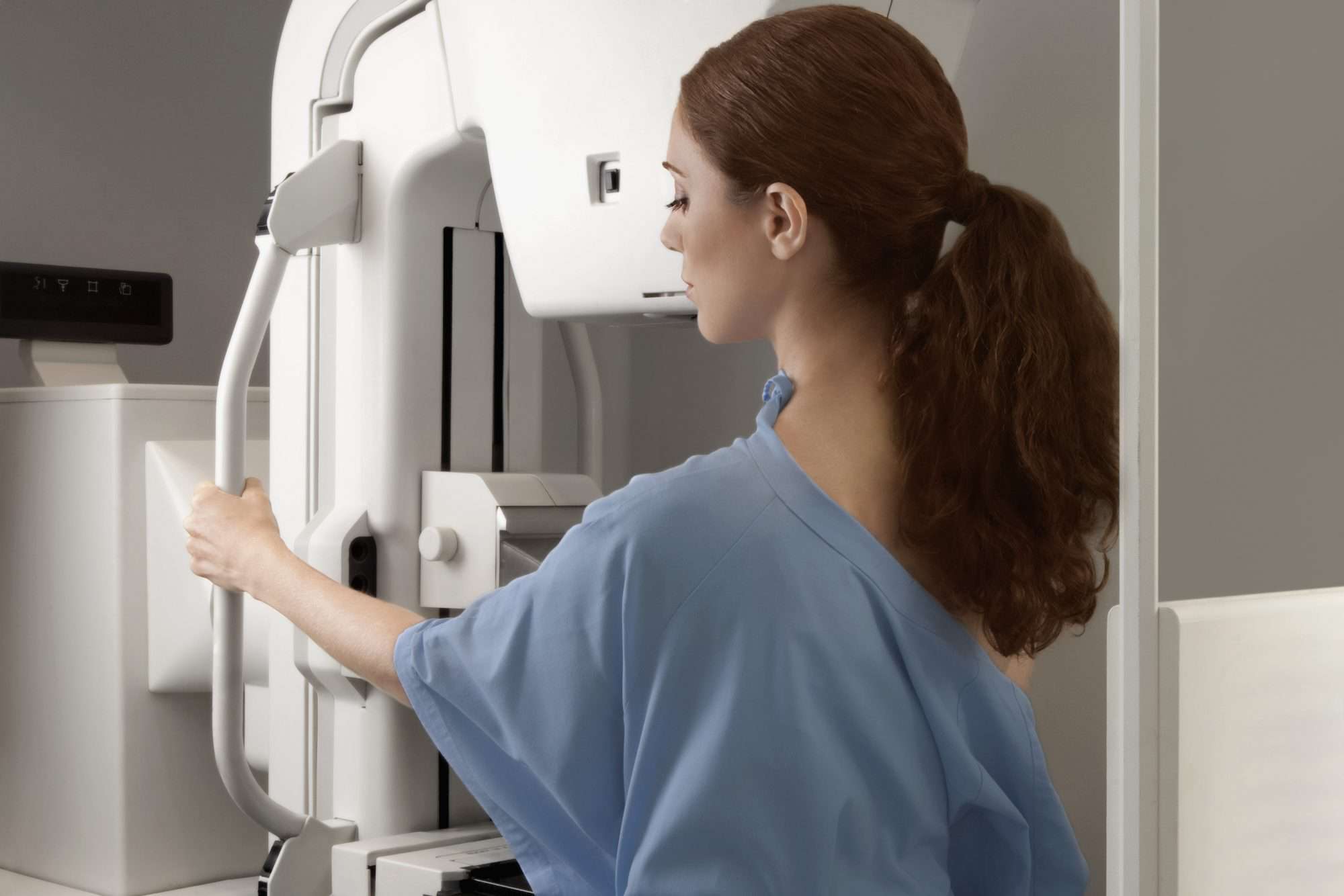Breast cancer treatment involves the use of several approaches, depending on the stage, type, and patient, there are several other factors. In cancer treatment, different specialists come together such as radiologists, pathologists, and oncologists to create a patient overall treatment plan that combines different factors. As you read along, we will discuss five (5) major treatment options.
Surgery; this is the removal of the tumor and some healthy tissue during an operation, it is used to examine the nearby axillary lymph nodes, which are under the arm. There are two types of surgery involved. Lumpectomy and Mastectomy. Lumpectomy (Breast-Conserving Surgery) involves removing the cancerous tumor along with a small margin of surrounding healthy breast tissues. The essence of Lumpectomy is to preserve as much of the breast as possible while effectively removing the cancer. This is often followed by radiation therapy to eliminate any remaining cancer cells. It is suitable for early-stage breast cancer when the tumor is small and well-defined. On the other hand, Mastectomy is the complete removal of the breast tissue, this is done when the patient’s tumor is large or requires complete breast removal. There are three types of mastectomy; Simple mastectomy which involves the removal of the entire breast. Modified radical mastectomy involves the removal of breast tissue along with some of the lymph nodes and the third, is radical mastectomy which involves the removal of the breast tissue, chest muscles, and lymph nodes, this type of mastectomy is rarely performed.
Radiation Therapy; this type of treatment uses beams of intense energy to kill cancer cells, it is also called radiotherapy and is often recommended after a lumpectomy to reduce the risk of cancer recurrence. There are two types of Radiation Therapy: External Beam Radiation, which involves high-energy X-ray beams directed at the breast from outside the body. It is administered daily over several weeks to target any remaining breast or chest wall cancer cells. The second type is Internal Radiation (Brachytherapy) which involves the placement of radioactive sources directly inside or near the tumor site within the breast. It is a shorter course of treatment and it is used as an alternative to external beam radiation.
MUST READ; BREAST CANCER; TYPES and STAGES – FOOD-AN-HEALTH (foodanhealth.com)
Chemotherapy; is the use of drugs to kill cancer cells, commonly used drugs for breast cancer chemotherapy include doxorubicin, cyclophosphamide, paclitaxel, and docetaxel. The choice of drugs and treatment can be based on the breast cancer type and stage. This treatment can be administered intravenously or orally, depending on the drug. There are regimes such as AC (Adriamycin and Cyclophosphamide) and TC (Taxotere and Cyclophosphamide) administered to maximize the effectiveness of chemotherapy while managing the side effects. Also, Neoadjuvant chemotherapy is given before surgery and aims to shrink the tumors, making them easier to remove. It is also administered after to reduce the risk of cancer recurrence.
Hormone Therapy; is primarily used for breast cancer that have hormone receptors (estrogen or progesterone receptors) on their cells, the aim is to block the hormones that fuel the growth of these cancer cells. It involves the use of drugs such as Tamoxifen prescribed for premenopausal women and aromatase inhibitors such as Anastrozole, Letrozole, and Exemestane used in postmenopausal women to lower estrogen levels.in some cases, ovarian suppression may be used to reduce estrogen production in premenopausal women with hormone receptor-positive breast cancer.
Targeted Therapy; this is the use of medicines directed at proteins on breast cancer cells that help them grow, spread, and live longer. These targeted drugs work to destroy cancer cells or slow down their growth. There are two types of targeted therapy; Herceptin (Trastuzumab) which is used for HER2-positive breast cancer, it is characterized by the overexpression of the HER2 protein to stop and slow their growth. The other type is Perjeta (Pertuzumab) which is often used in combination with Herceptin for HER2-positive breast cancer and can enhance the effectiveness of treatment.
In Conclusion, treatment for breast cancer is highly individualized and suggested by professionals who work closely with patients to provide the most effective and holistic care possible. Remember breast cancer is not a death sentence.


